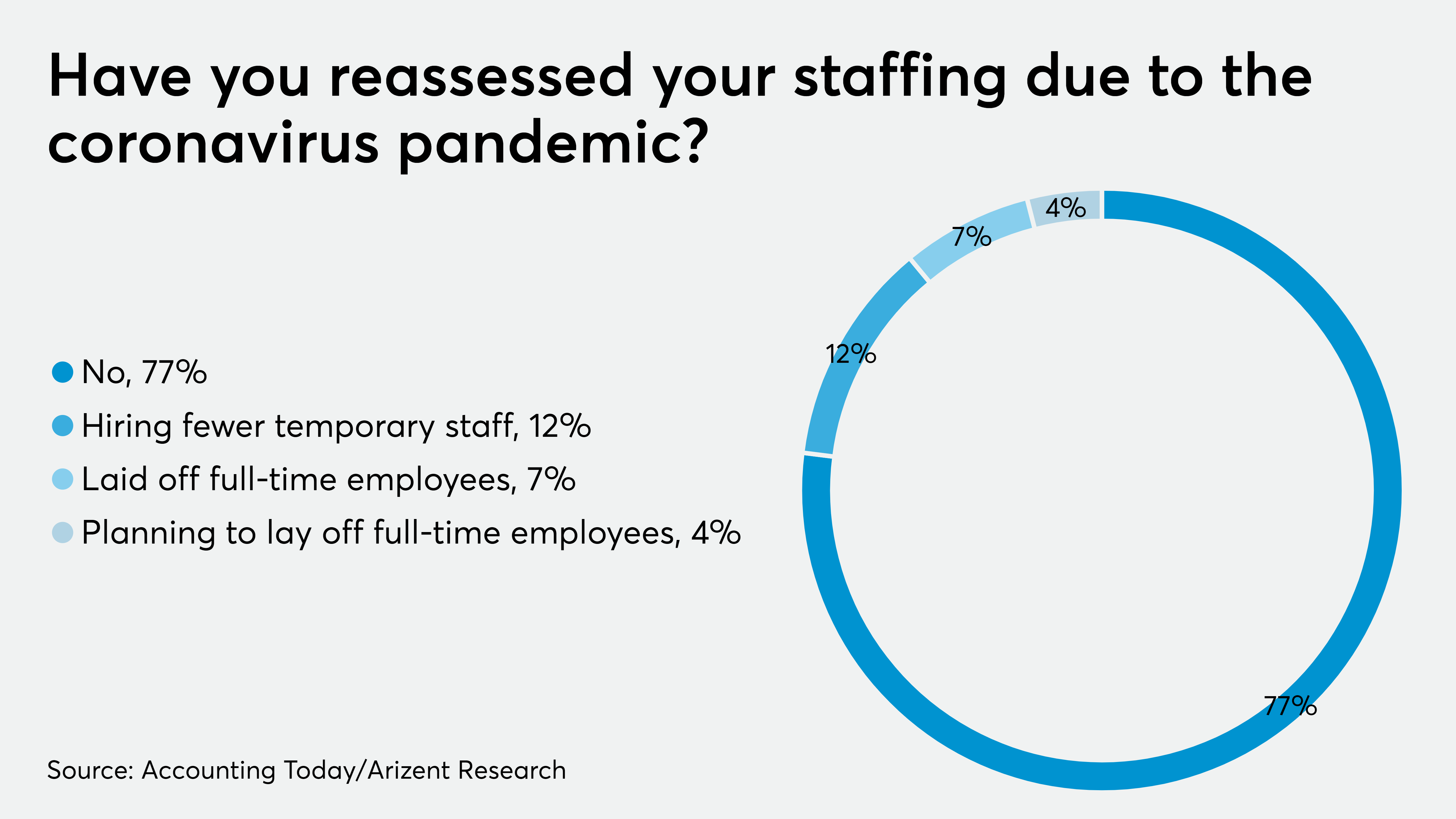Accounting firms thinking about their branding is nothing new. You’re used to articulating what differentiates your business, the values you stand for, and your unique selling proposition (USP). When you think about your brand, you usually do so in the context of customers, putting yourself in their shoes and asking what qualities they should associate with your firm. While these customer-facing branding activities are vital and worthy activities, you should also practice these exercises in the context of prospective employees. Doing so allows you to develop your employment brand.
On the LinkedIn Talent Blog, Sarah Lybrand defines “employer branding” as “how you market your company to desired job seekers.” Your employment brand functions exactly like your client-facing one, driving potential team members to your brand or, if you’re not careful, driving them away. In accounting, where there is always a “talent war” for the brightest minds in the profession, curating your employment brand can pay massive dividends. That’s why it’s so shocking that too many firms overlook this crucial process.
Simply put, you need to take an active role in defining your employment brand if you want to maximize its value. Employment branding requires a careful consideration of how you want to appear to the very best job seekers. Obviously, prospective team members weigh factors like pay and benefits when deciding on a company, but they also consider reputation. Employers with a bad reputation, which is to say a weak employment brand, have to spend more to find qualified candidates and often lose out on the top-tier prospects. To avoid these undesirable outcomes, follow these steps to take control of your branding as an employer.